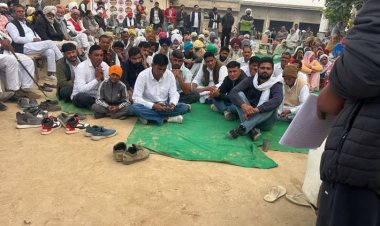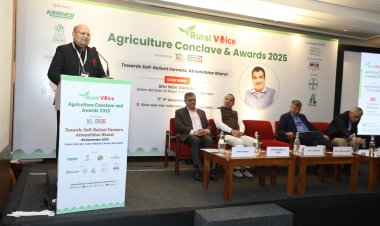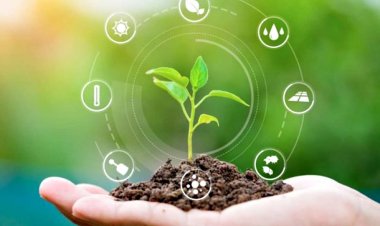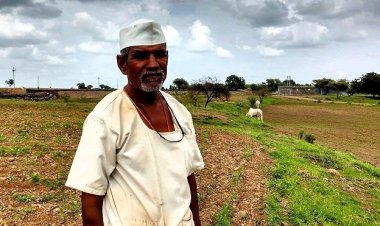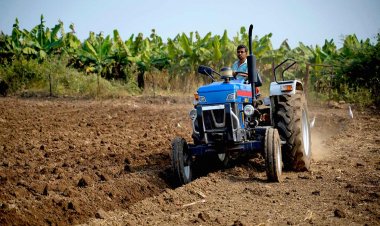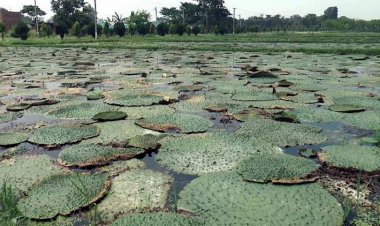Indians make a living the green way, finds RBI research
In the midst of the brouhaha over pollution, carbon emission and environmental degradation, India has not done that bad. In fact, data suggests how we are making the best use of our resources to generate green output. It is not to suggest that we don't need to do more, but Indians are earning their livelihood increasingly by environment-friendly resources as we witness a drop in biomass use and improve energy efficiencies.
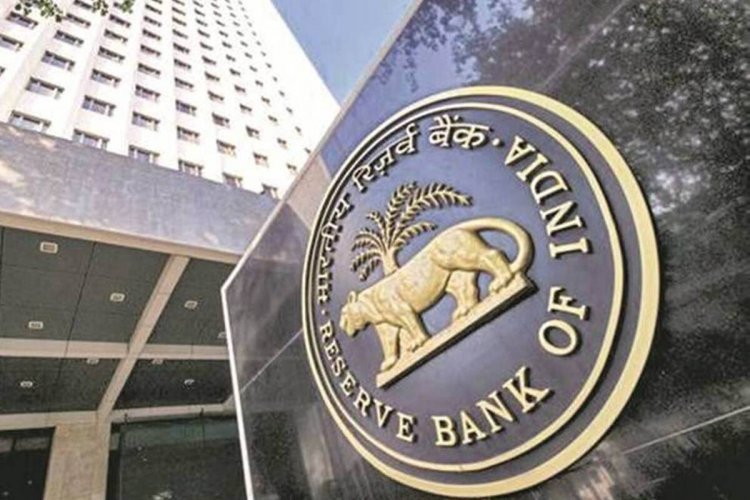
In the midst of the brouhaha over pollution, carbon emission and environmental degradation, India has not done that bad. In fact, data suggests how we are making the best use of our resources to generate green output. It is not to suggest that we don't need to do more, but Indians are earning their livelihood increasingly by environment-friendly resources as we witness a drop in biomass use and improve energy efficiencies.
These are some pleasant findings in an expert and well-researched paper published in the latest RBI Bulletin. The paper deals with how India has been using a lesser amount of resources to produce an additional unit of the Gross Domestic Product (GDP) year after year.
“The decrease in resource use (from 4.49 kg per unit of GDP in 2000 to 2.83 kg per unit of GDP in 2017) is primarily driven by a decrease in biomass use (grazed biomass, crop and crop residue) and non-metallic minerals. In 2000, the biomass use and non-metallic minerals, which were 2.35 kg per unit of GDP and 1.49 kg per unit of GDP, respectively, have been reduced to 1.06 kg per unit of GDP and 1.23 kg per unit of GDP, respectively, in 2017.”
This improvement may be attributed to the increased efforts of the policymakers in recycling waste generated from various sources, implementation of property rights to eliminate negative externalities, energy efficiency standards, and technological advances to reduce the generation of waste material in production systems across the economy, the RBI research paper noted. It said that these steps had not only reduced the wastage of resources but also helped recycle resources in one way or the other.
“The trajectory of Green GDP for India displays an upward movement with visible improvements, particularly since 2012. Furthermore, resource depletion, CO2 emission and material footprint, especially in the case of biomass and non-metallic minerals, are showing signs of considerable improvements, which further support our findings. Thus, based on the broad observations from our estimation, we can say that India is progressing well so far as green growth is concerned, which if continued should contribute to improvements in (the) general well-being of its population,” a trio of experts Anupam Prakash, Kaustav K Sarkar and Amit Kumar asserted.
But a lot more needs to be done. Despite the recent initiatives and achievements, a lot remains to be done at the ground level going ahead. Better coordination of the flow of power between the state-owned power distribution companies, and the rollout of nationwide charging infrastructure for electric vehicles (EVs), to name a few.
The transition to a low-carbon and climate-friendly economy would require a revamp of financial policy and regulation to ensure adequate finance. Given the importance and urgency of the challenge of climate change, financial policy and regulation need to be redefined to play their required role in the transition to a low-carbon economy. In this context, there is an increasing need for the financial system to move towards green financing, keeping in mind the social and development objectives of India, says the paper.
Also, as one of the leading oil importers and consumers, India has expedited efforts to double ethanol blending with gasoline to 20 per cent from the current 10 per cent across the country from 2025-26, the paper noted.
(Prakash Chawla is a New Delhi-based independent journalist.)



 Join the RuralVoice whatsapp group
Join the RuralVoice whatsapp group

















